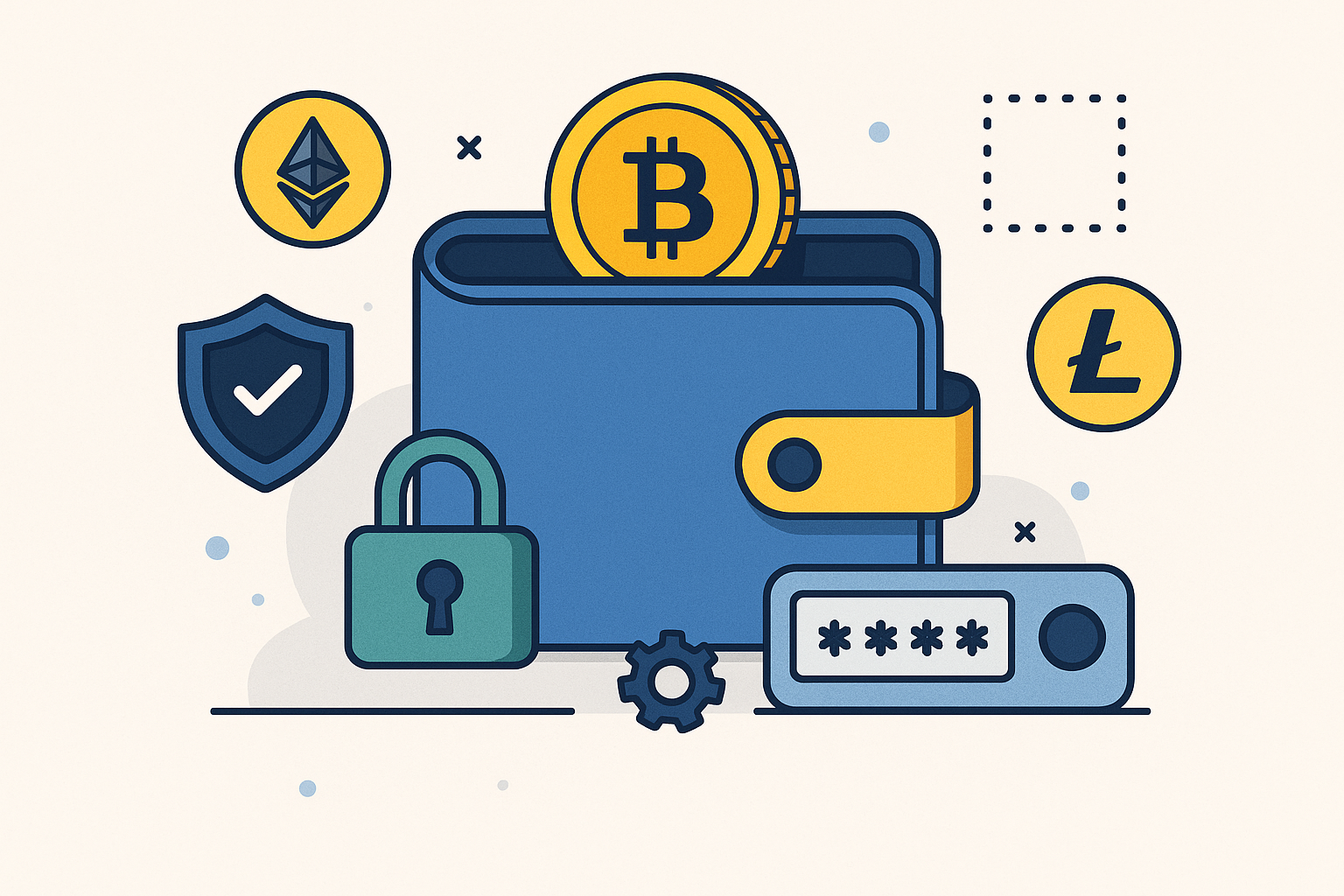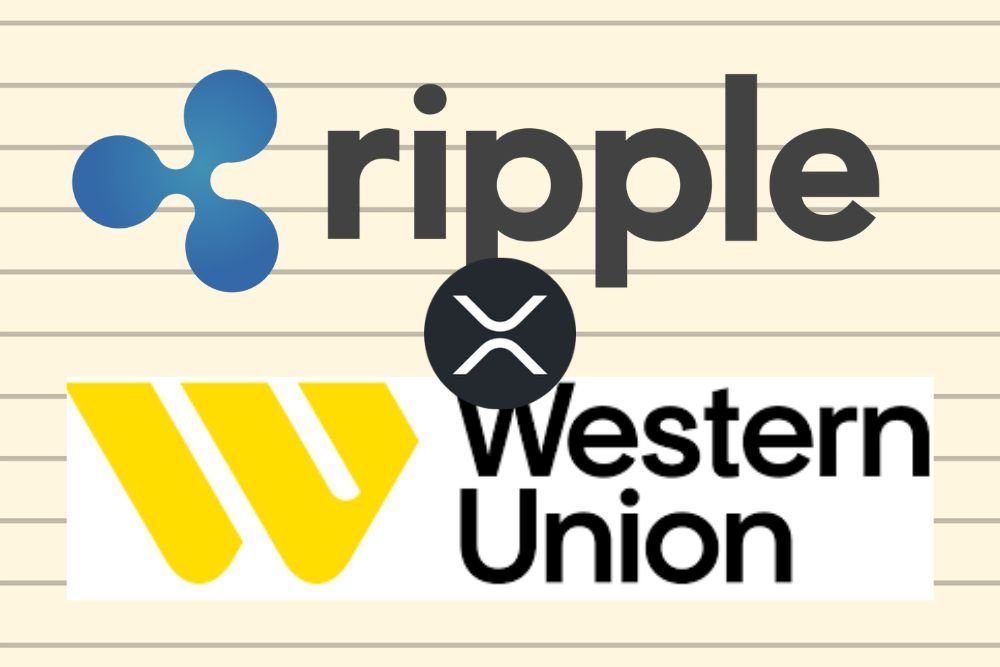The relentless 24/7 nature of crypto markets, once hailed as a revolutionary feature, is increasingly exposing a critical vulnerability: the lack of automated safeguards for the average user. Current wallet technology leaves investors constantly exposed to risk, demanding sleepless nights and perpetual vigilance. As we move further into 2025, the need for intelligent, automated protections within crypto wallets has become not just desirable, but essential for mainstream adoption.
The Flaws in Today’s Crypto Wallets
Passive Vaults in an Active Market
Current crypto wallets primarily function as passive vaults, requiring constant manual input and user approvals. This model is fundamentally incompatible with the 24/7 nature of cryptocurrency markets. Unlike smart devices that anticipate and adapt to user needs, wallets demand constant engagement. The consequences of this reactive approach can be devastating, as demonstrated by the Terra/UST collapse in 2022.
Imagine this: a European user, holding UST in a self-custodial wallet, wakes up to find their stablecoins have plummeted overnight due to a sudden depeg. Without automated safeguards or the ability to auto-sell, they’re left helpless. Countless individuals suffered catastrophic losses during this event, losses that smarter, more proactive wallets could have mitigated.
The Illusion of Self-Sovereignty
The promise of self-sovereignty in DeFi has morphed into a culture of perpetual monitoring. Users are forced to juggle multiple applications, manually manage their funds, and remain constantly vigilant against margin calls and liquidations. This constant exposure inevitably leads to burnout and undermines the very freedom that DeFi is supposed to offer.
The irony is that we’ve built programmable finance on-chain, yet we’re failing to leverage its full potential. DeFi, in its current state, often means navigating a complex landscape of apps and being at the mercy of unpredictable market events.
TradFi’s Edge: Embedded Automation
Protective Measures
Traditional finance (TradFi) systems have long integrated automated protections like stop-loss orders and scheduled portfolio rebalancing. These tools automatically adjust portfolios and maintain risk levels, removing the need for constant human intervention. This embedded automation provides investors with the freedom to disengage, knowing their investments are safeguarded.
The Burden of Control
While DeFi purists champion user control, it’s crucial to recognize that, without automation, this control becomes a significant burden. Retail investors benefit from TradFi’s automated systems without needing to understand every intricate detail. Whether through robo-advisors or passive index strategies, they trust that their money is working for them, even when they are not actively engaged.
Read Also: Pi Network’s Landmark Milestone Triggers 30% Price Surge and Renewed Ecosystem Enthusiasm
The Future of DeFi: Intelligent Automation
Smarter Wallets for Peace of Mind
For DeFi to evolve into a truly mainstream financial system, wallets must become proactive partners. This means automatically protecting positions, identifying rebalancing opportunities, and reallocating to new yield sources without constant user input. Mechanisms that prevent liquidation and react swiftly to market fluctuations need to be built directly into investment strategies.
Users need the assurance that their investment goals will be executed intelligently and efficiently. Just as you can “set and forget” a thermostat or automate bill payments, DeFi should provide the same peace of mind. The ability to step away from the screen and trust the system is key to scaling DeFi beyond its current niche.
Codifying Control, Not Relinquishing It
Concerns about automation leading to centralized risk or opaque layers of abstraction are understandable, but misplaced. Automation is not about giving up control; it’s about codifying it. Users should be able to define the rules, adjust them as needed, and maintain complete transparency throughout the process, just as they do with investment goals and risk levels on traditional platforms.
Smart automation actually reinforces sovereignty. A wallet that can protect you 24/7 is not inherently less decentralized; it’s simply more user-friendly. The co-founder of Glider, Brian Huang, highlights this point, stating: “Smart automation reinforces sovereignty because a wallet that can protect you 24/7 is no less decentralized; it’s just more user-friendly.”
Specific Automated Features for 2025 Onwards
- Automated Stop-Loss Orders: Triggered by pre-defined price drops, automatically selling assets to limit losses.
- Dynamic Portfolio Rebalancing: Automatically adjusting asset allocation based on market conditions to maintain a desired risk profile.
- Liquidation Prevention Mechanisms: Strategies to avoid liquidation of collateralized loans during volatile periods, potentially by automatically adding more collateral or partially closing positions.
- Yield Optimisation Protocols: Automatically shifting assets to higher-yield DeFi protocols, while considering risk factors and gas fees.
- Automated Gas Fee Management: Optimising transaction timing to minimise gas fees, or using gas token refunds.
Moving Forward
The future of DeFi hinges on the adoption of intelligent automation. If autopilot can safely steer a car, then your crypto wallet should be able to steer your portfolio without demanding constant attention. Every other sector of technology has embraced intelligent automation; it’s time for crypto to catch up.
In 2025, success will not be driven by sleepless traders, but by systems that empower users to invest with confidence. The next wave of crypto adoption will be led by wallets that work for you, even while you sleep.






